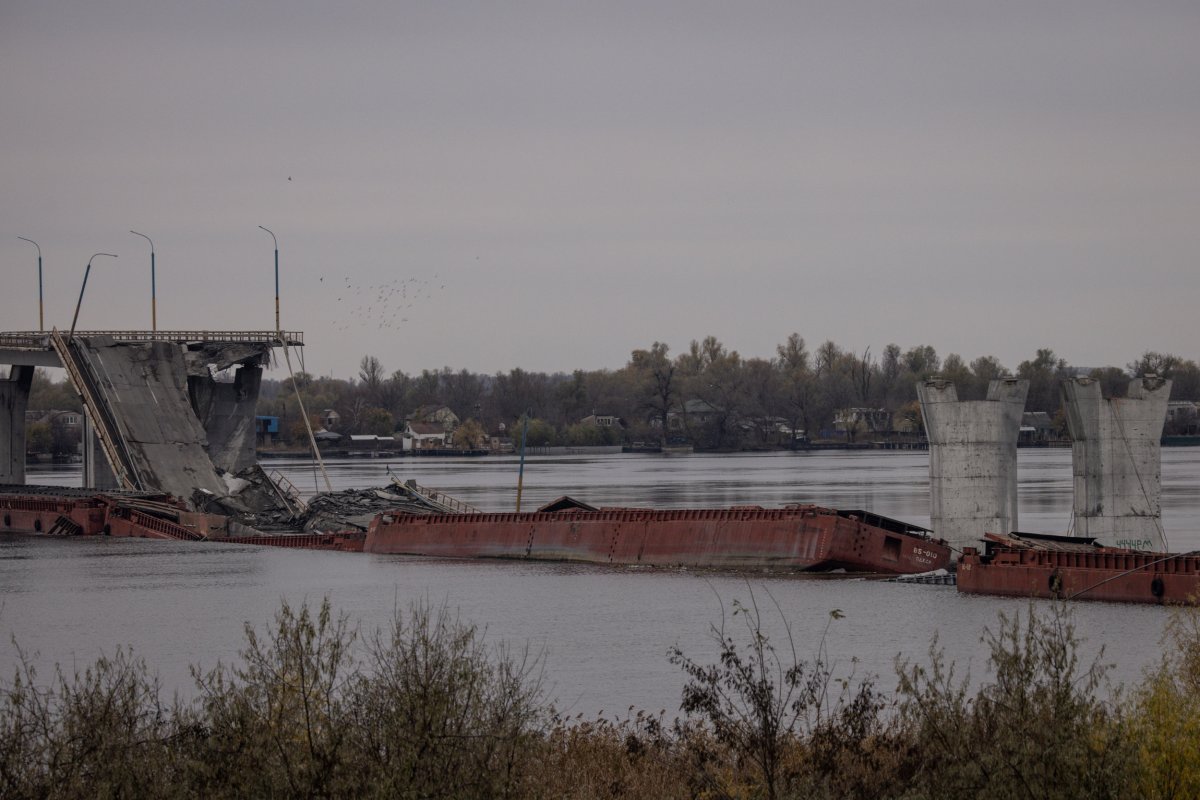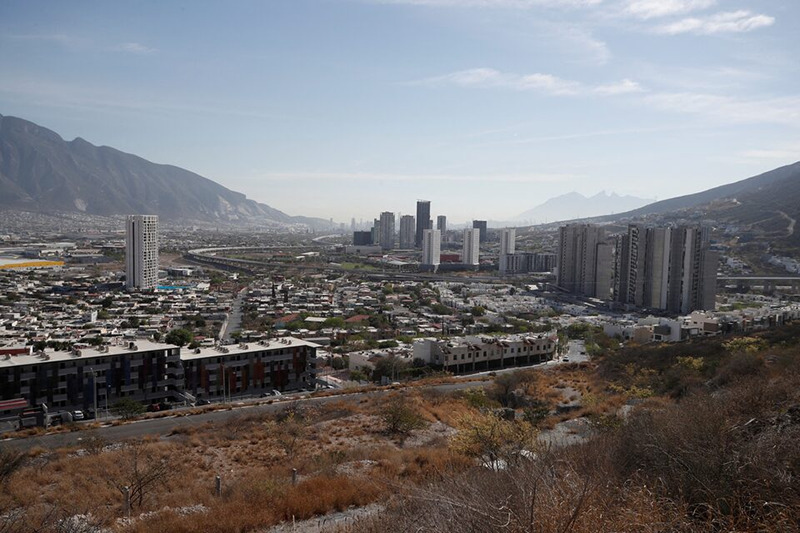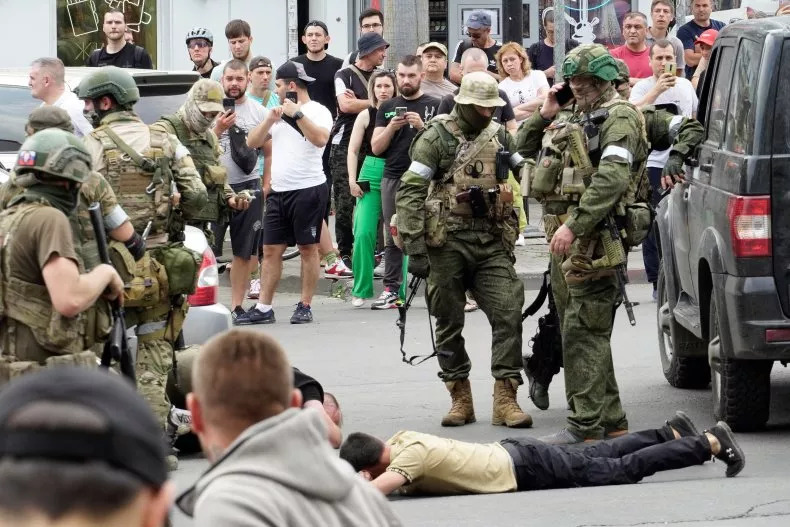There is growing anxiety in Russia about Ukrainian forces’ moves on the Moscow-controlled left (east) bank of the Dnieper River and what they mean for the war.
That assessment by the Institute for the Study of War (ISW) has highlighted Russian concerns about Kyiv forces’ ability to cross the river in Kherson Oblast and Moscow forces’ inability to stop them.
From June 23, Ukrainian forces redeployed troops near Antonovsky Bridge, according to British defense officials, who said Russia had likely relocated troops from the Southern Military District’s Dnieper Grouping of Forces (DGF) to reinforce the Zaporizhzhia sector.
Calls are growing within Russia for the 10 regiments and brigades of its DGF to get more vessels to prevent further Ukrainian advances.

“If the Ukrainians manage to establish their presence on the left bank, this changes the situation dramatically for Russia,” Sergej Sumlenny, founder of the German think tank, the European Resilience Initiative Center, told Newsweek.
“That means that the Russians need to keep both sectors of the front under control,” he added.
Sumlenny said that Ukrainian forces could then push south from Kherson towards Crimea, which they could potentially close off, while at the same time, advancing towards Berdyansk.
“Then the whole Russian group between Crimea and Berdyansk will be trapped without any ammunition supply or chance to evacuate the wounded,” he said. “So for the Russians, this offensive of the Ukrainians to this direction is a nightmare. If the Ukrainians are able to be successful in both directions, it is the worst-case scenario for the Russians.”
“But even if the Ukrainians have success on one of these sectors, it will be a very bad sign for the Russians too,” he added.
Pro-Russian Telegram channels said in June that Ukrainian troops had seized the village of Dachi, opposite the city of Kherson, near the Antonovsky Bridge, although the Russian MOD has insisted its troops have been pushing Ukrainian forces back.
Sumlenny said that Ukraine’s forces were not pushing too hard across the Dnieper just yet as it was not worth risking large losses to establish a bridgehead, which could be used to transport troops across the river for an offensive on its east bank.
However, he believes it was notable that the Russians had not managed to push Kyiv’s light amphibious units back, despite Moscow’s superior air cover and artillery.
The Russian Ministry of Defense and pro-war milbloggers are giving conflicting accounts of the fighting near the bridge, which was destroyed by Kyiv’s forces in July 2022, depriving Russia of a crucial supply line.
On July 1, Russian officials boasted their forces had repelled Ukrainian troops near the Antonovsky Bridge following a surprise landing. The ISW said Sunday that one of the reasons that Russian officials were touting such a small victory was because they fear a Ukrainian attack on the east bank of the Dnieper.
“The (Russian) MOD’s weighing in on tactical events demonstrates how significant potential losses are for the Russian military‘s morale and logistics,” said Jay Truesdale, a former U.S. diplomat in Ukraine and Russia, and now CEO of Veracity Worldwide, a geopolitical risk consultancy.
This is particularly significant “following Wagner’s rebellion and given the Dnieper’s importance for commerce, transportation, and electricity generation,” he told Newsweek, referring to the mutiny by the mercenary group led by Yevgeny Prigozhin.






